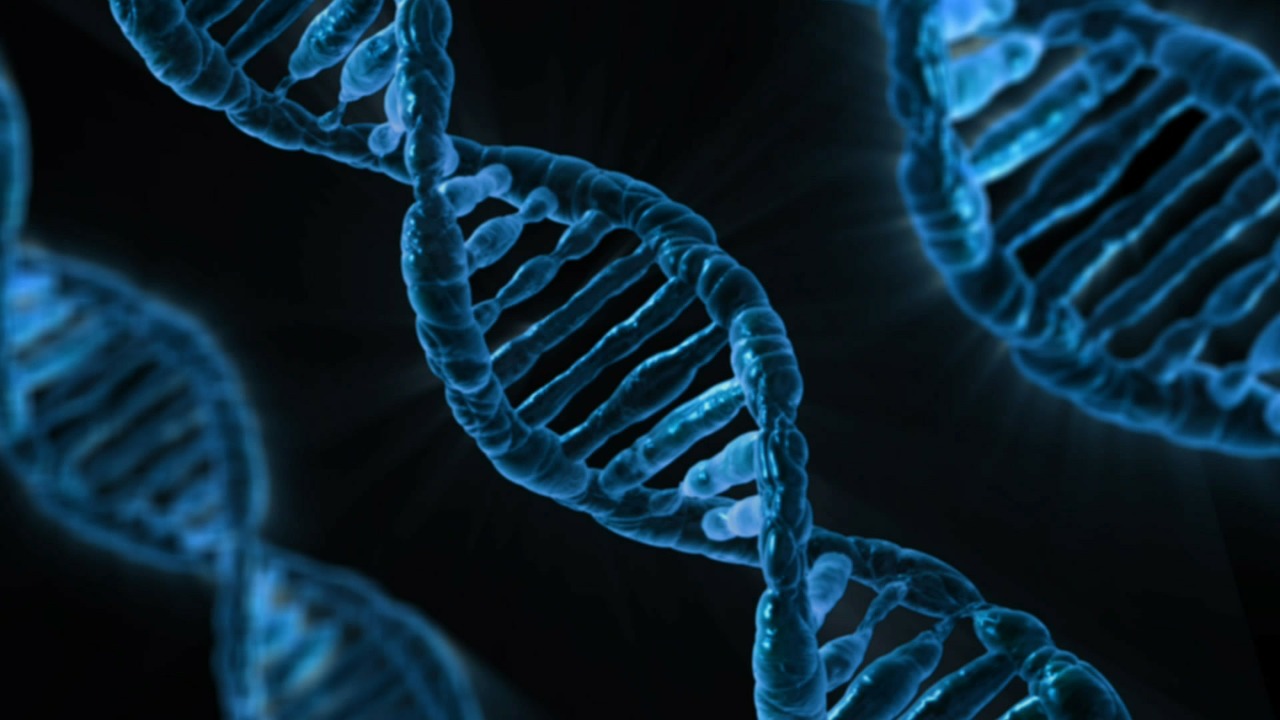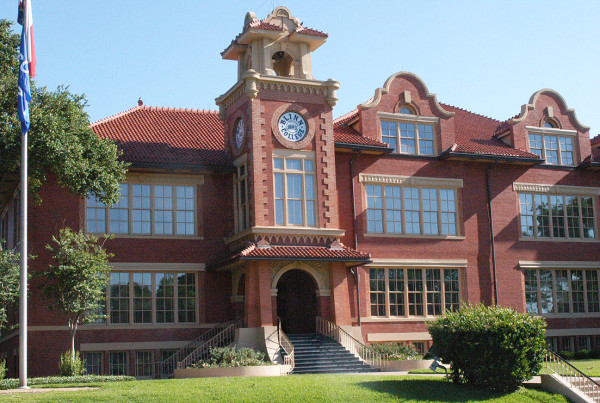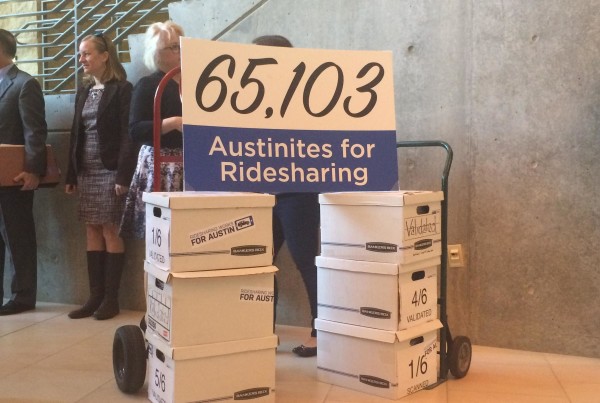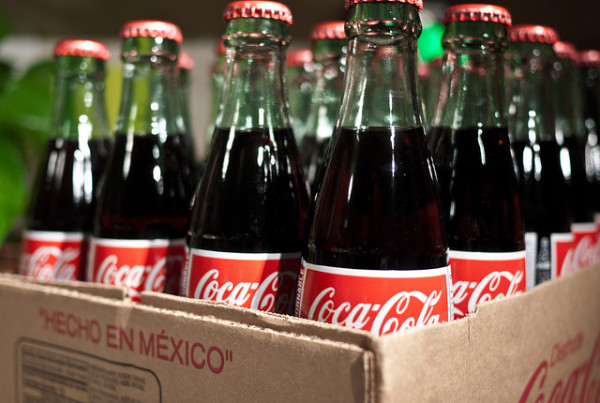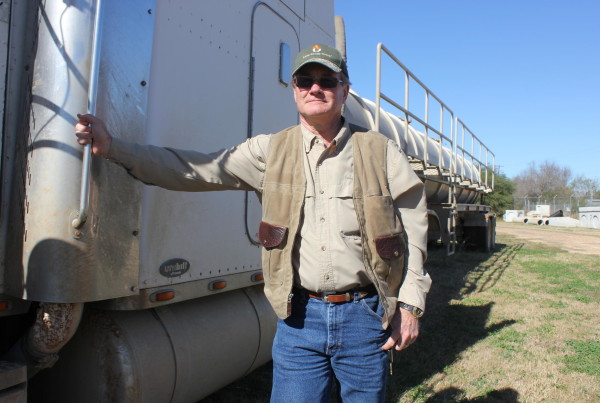Texas leads the nation when it comes to exonerating wrongfully convicted people, and the state may be adding to those numbers through closer scrutiny of DNA evidence practices.
Courts are now saying that some convictions could have been based on outdated DNA evidence, and are sending notice to defendants whose trials may have been affected.
Gabrielle Banks, a reporter with the Houston Chronicle, says it’s all about something called “mixture DNA.”
“This is evidence at a crime scene that police will collect where more than one person touched something. It could also be bodily fluids,” Banks says. “It could be a swab that police took from a doorknob, or it could be a vial from a rape kit. The key thing is that it’s more than one person’s genetic material.”
Lab technicians aren’t talking about redoing the science of the DNA test. The question, Banks says, is how to calculate the odds once scientists have already done the test.
In 2010, the national advisory group that puts out forensic DNA lab guidelines released a new protocol for calculating the probability that a person’s DNA profile could appear.
The guidelines asked crime labs to do their calculations based on fewer facts, and that more thresholds be met before any data was deemed conclusive.
But when the guidelines were released, Banks says no one paid attention.
“Different labs do it differently, and it’s a long and complicated tale how they came up with this being a problem, but it came to light this spring,” she says. “And Texas started doing something to undo the damage.”
In April 2015, a Washington, D.C. crime lab lost its accreditation due to scientific practices in criminal cases that weren’t up to snuff. One of the problems, Banks writes in her article, included inappropriate calculations used to analyze mixed DNA.
The new guidelines can drastically change the numbers.
For example, Banks says, there was a case out of Galveston where the original calculation was that there was a one in 290 million chance that somebody other than the defendant could had touched a screwdriver allegedly used in a homicide.
This means it would be very unlikely that anyone else had left their DNA on the screwdriver. But when the crime labs redid the numbers under the updated guidelines, it was a one in 38 chance, meaning it was more likely other individuals’ DNA could be found in the DNA mixture.
Banks says as the changed numbers in the case came to light, Texas began a rush to to retest DNA mixture results on pending cases and then cases that had led to convictions.
“Texas agencies usually battle over the facts in court and it’s sort of this rare situation where they’re working together,” Banks says. “There’s been a willingness among prosecutors, defense lawyers, judges, crime labs to dig down and figure out who might be affected and to try to fix it.”
In fact, a lot of cases will be up for review.
“They’re talking about thousands, maybe tens of thousands of cases that might be affected,” Banks says.
In Tarrant County, one of five crime labs used has already identified 3,400 samples that could need recalculations. Police have filed charges on only 300 of those cases, Banks says, and after doing their due diligence the county’s District Attorney’s Conviction Integrity Unit sent out 13 notices to defendants that their cases could be affected.
But as it turns out, Banks says the DNA evidence may not even be a factor in some of those cases.
In the Galveston case, the screwdriver ended up not being a factor in the homicide. The defendant convicted of homicide said he did the crime in self-defense, and the DNA evidence wasn’t a big part of the trial.
“People are just starting to understand this mixture DNA,” Banks says. “So this screwdriver was kind of this perfect example for people trying to understand how big of a difference it could make to a jury.”


